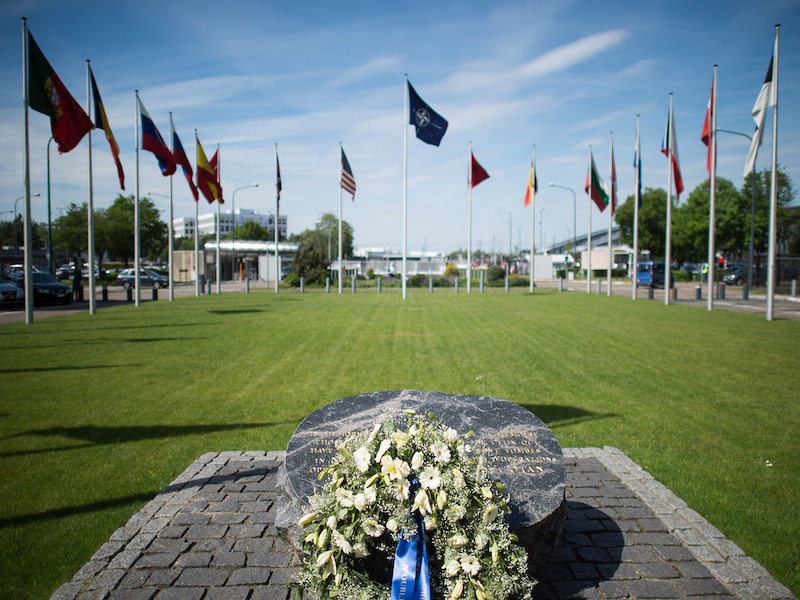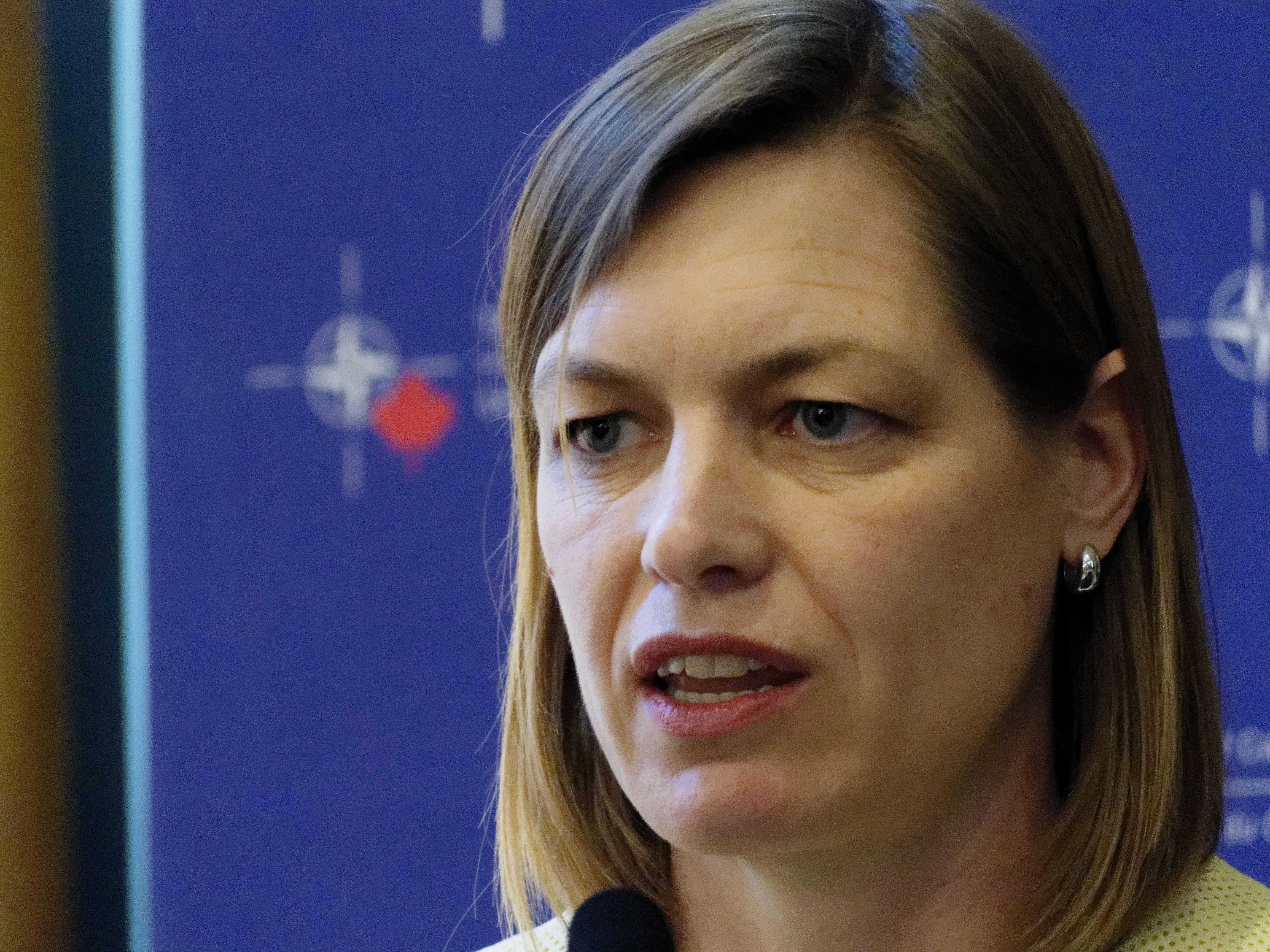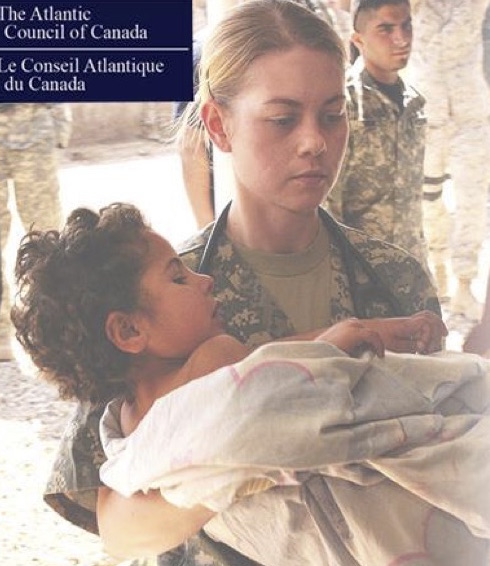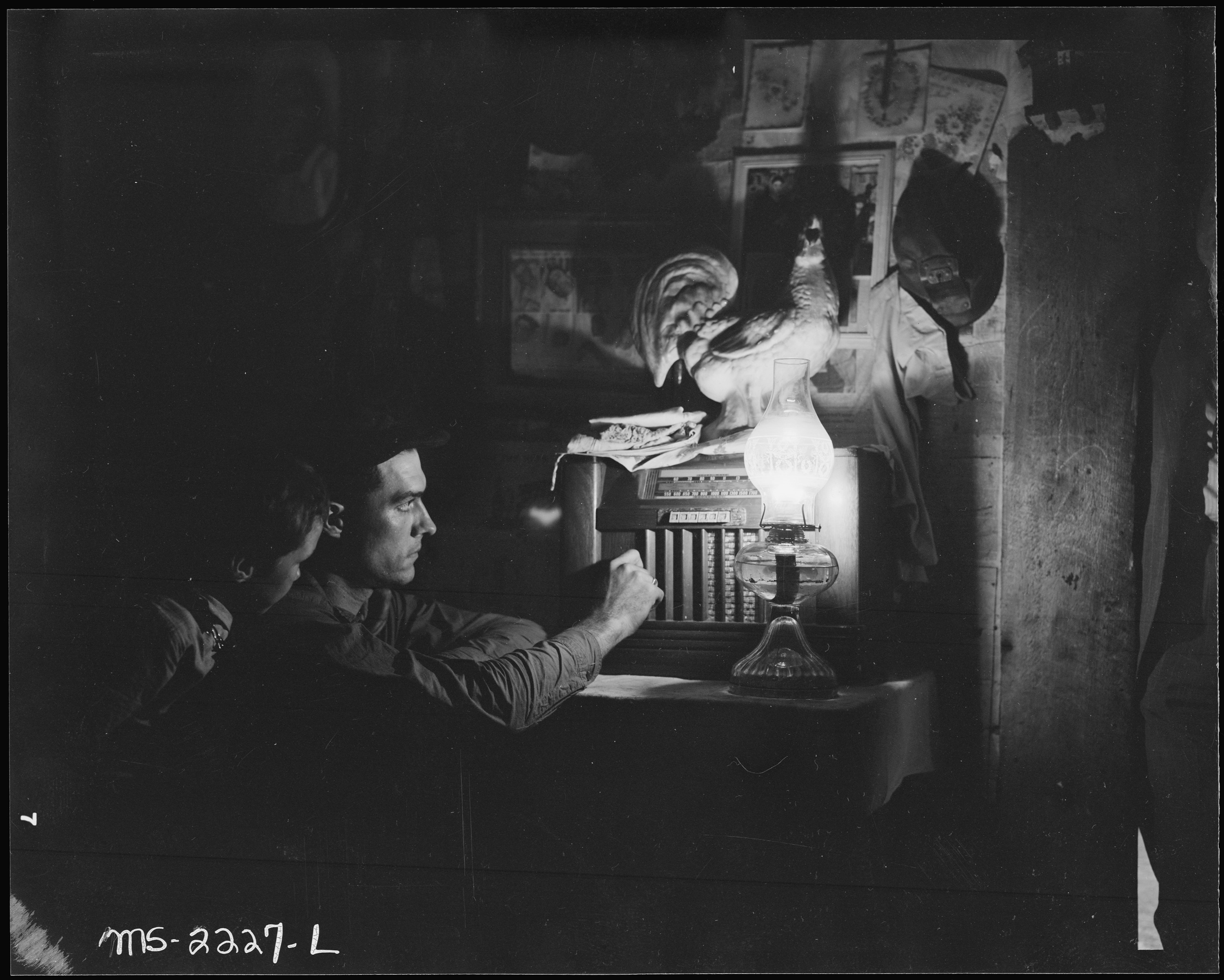Completed in 2018, the new NATO headquarters is meant to resemble interlocking fingers, evoking the unity and cooperation of the Alliance. Since its completion, artifacts and memorials have continually been added to the outside of the structure, including a piece of the Twin Towers, a replica of a Trabant, and sections of the Berlin Wall, with each of these pieces representing not only significant moments in the organization’s history, but lessons for its future. From the resolve of the Allies to the centrality of economics for NATO, and the need for effective communication and crisis resolution, NATO’s headquarters are full of lessons for the officials residing within its new walls.
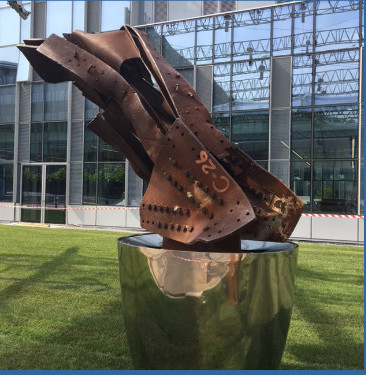
Over three thousand miles and twenty years removed from the events of September 11, 2001, a twisted piece of steel from one of the Twin Towers remains outside the entrance of NATO headquarters. The rusting beam is a memorial to those lost in the attacks and the soldiers that served in counter-terrorism operations around the world in the intervening years. It is a reminder not only of the damage wrought but its effect on the Alliance. Shortly after the attacks, Article Five was invoked for the first time in NATO’s history. Rather than Soviet tanks crossing into West Germany or a nuclear exchange of Pershing and SS20 missiles in Europe entailing NATO’s need for collective defence, terrorism and crisis management became a primary focus of NATO operations.
This not only represented a shift in capabilities but also conceptions. NATO’s past crisis management operations in Kosovo and Bosnia were fully within its traditional operating area. In Afghanistan, NATO demonstrated not only that Article Five was operational, but that the Allies were willing to intervene across vast geographic distances to fulfill their obligations. The memorial also serves as a lesson of the price of intergovernmental communications failures, and of the consequences of neglecting security and intelligence sharing, as outlined in the 9/11 Commission Report. It is essential NATO heeds this lesson as we enter an age of retrenched national interests and ultimately, a decline in trust between member states. Beyond diminishing the ability of the Alliance to carry out its missions such as combatting hybrid warfare, an erosion in intelligence sharing would undercut NATO’s unity. As such, even as the Afghanistan operation is maligned for its inefficiency, the memorial stands as a lesson in NATO’s resolve and reach across the globe.
Distant from any roadside sits an oddity for any visitor unaware of the automotive history of Eastern Europe. A replica of a Trabant, colored a slight shade of tan, rests in stark contrast to the sleek glass exterior of the headquarters. The Trabant was developed in East Germany and produced from a hard plastic due to a lack of metal. Routinely in short supply, East Germans could wait years to obtain one. The Trabant outside NATO headquarters is a replica of the one that was used by Solomon Passy, the former foreign minister of Bulgaria, to give NATO Secretary General Manfred Wörner a tour of the country. However, rather than being only a symbol of poor design, the Trabant represents the economic dynamics that underpin the Alliance’s strategic outlook.
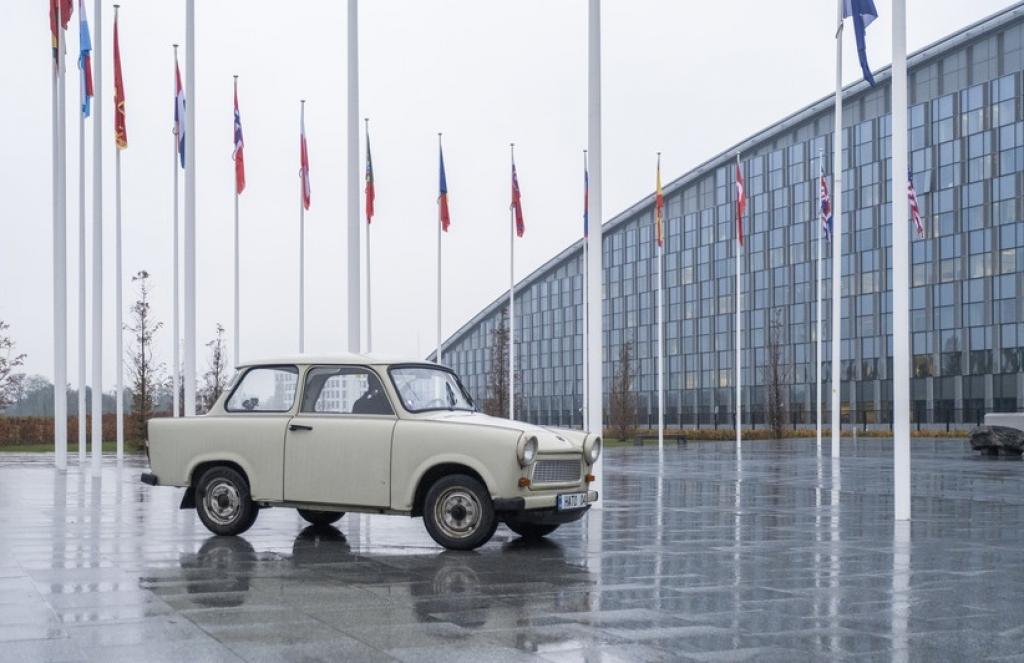
Distant from any roadside sits an oddity for any visitor unaware of the automotive history of Eastern Europe. A replica of a Trabant, colored a slight shade of tan, rests in stark contrast to the sleek glass exterior of the headquarters. The Trabant was developed in East Germany and produced from a hard plastic due to a lack of metal. Routinely in short supply, East Germans could wait years to obtain one. The Trabant outside NATO headquarters is a replica of the one that was used by Solomon Passy, the former foreign minister of Bulgaria, to give NATO Secretary General Manfred Wörner a tour of the country. However, rather than being only a symbol of poor design, the Trabant represents the economic dynamics that underpin the Alliance’s strategic outlook.
While the USSR sought a military advantage over Western Europe, its economy, and the economies of its satellites, could not compete with those on the other side of the Iron Curtain. Similarly, scholars visiting the Field School discussed the threats posed by Russia and China to the Alliance in the form of asymmetrical warfare and the West’s need to counteract them. While this is indeed a threat, evidence of Chinese espionage within Western companies and Russian tax havens and money laundering in the U.S. demonstrates that the West remains an attractive economic model, even for its adversaries, and can be relied upon as a tool of soft power. This economic dynamism will continue to be an asset in the post-pandemic future, funding innovation and technological progress across the globe. In short, the Trabant is a lesson that the economic systems of the West remain a source of strength rather than a hindrance to global stability and prosperity; it illustrates the triumph of liberal democracies over adversaries using progress, rather than force.
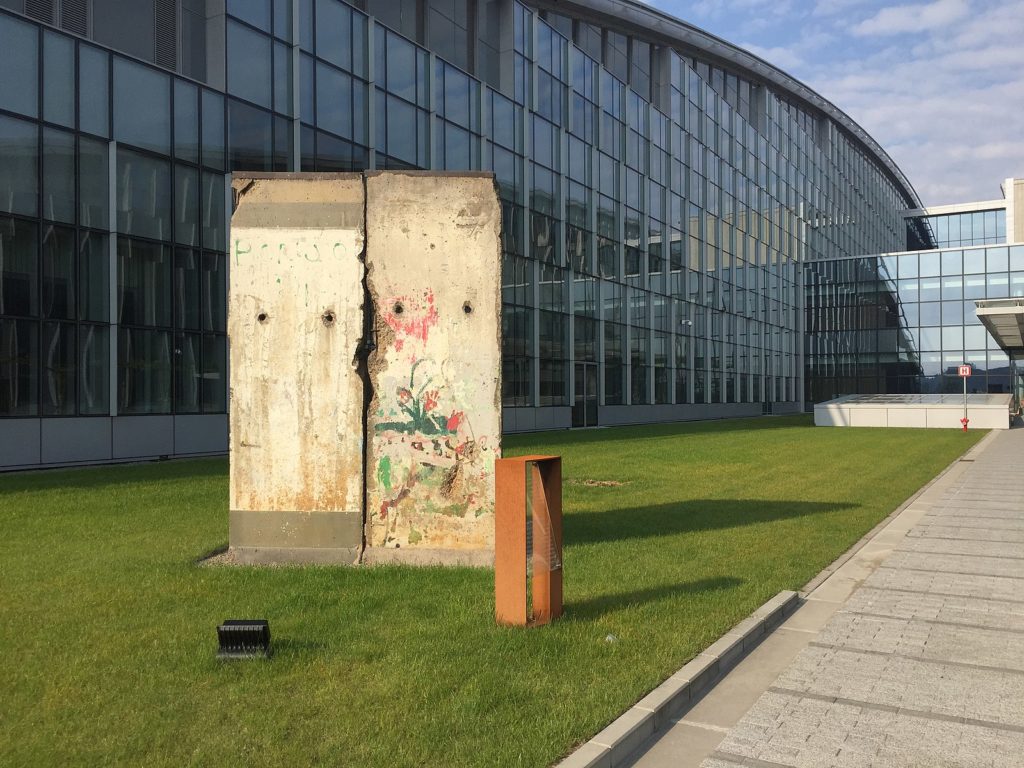
Alongside the twisted piece of metal from the World Trade Center is another reminder of the challenges faced by NATO, this one in the heart of continental Europe. Dedicated in 2017 by Chancellor Angela Merkel, a section of the Berlin Wall sits at the entrance of the headquarters and is immediately recognizable to all visitors. The wall was erected in 1961 and fell in 1989 during a mass demonstration spurred by a mistaken announcement at a press conference in East Germany. The Berlin Wall divided Germany based on the victors of the Second World War and stood as a visible symbol of the “Iron Curtain” that descended over Europe during the Cold War.
However, the wall did more than keep in the citizens of East Berlin. Beyond the physical manifestation of authoritarian rule, it also kept out the influence of the West and allowed for a veil of secrecy and propaganda to descend over the population. The fall of the Berlin Wall then represents not only the beginning democratization across Eastern Europe but also the need for an adaptive Alliance whose messages can transcend borders and barriers. This includes citizens living under authoritarian regimes behind a “Great Firewall”, but also the younger generation of Western citizens living without the contours of the Cold War to frame NATO’s role in international security. For those in the German Democratic Republic, the Cold War ended on a November evening with a lesson that words, not simply walls, matter a great deal in effective crisis management, and it is a lesson NATO must remember today.
Perhaps one of the most notable features of NATO headquarters is the agora. Coming from the Greek, an agora was the public gathering or marketplace within a city. Running the length of the entire building, the agora is filled with natural light and offers itself as a common space for interactions between colleagues. However, the agora also represented the centre of learning through debate and discussion among common citizens in hopes of creating a peaceful polis or shared community. As such, even though glass and steel have replaced Aegean marble-work, the headquarters itself embodies the idea that the Alliance’s need for reflection and learning is ever-present.
Featured Images: “CJCS at May 2017 NATO MC/CS” by Chairman of the Joint Chiefs of Staff. Licensed under CC BY 2.0; 9/11 Memorial Outside NATO HQ (2017) by US Mission to NATO. Public Domain; Trabi – Bulgaria’s Atlantic Trabant (2020), by Atlantic Club in Bulgaria via Atlantic Club in Bulgaria; A section of the Berlin Wall on display at NATO Headquarters outside Brussels, Belgium, (2018), by Jim Garamone / United States Department of Defense, via Wikimedia Commons. Public Domain.
Disclaimer: Any views or opinions expressed in articles are solely those of the authors and do not necessarily represent the views of the NATO Association of Canada.

